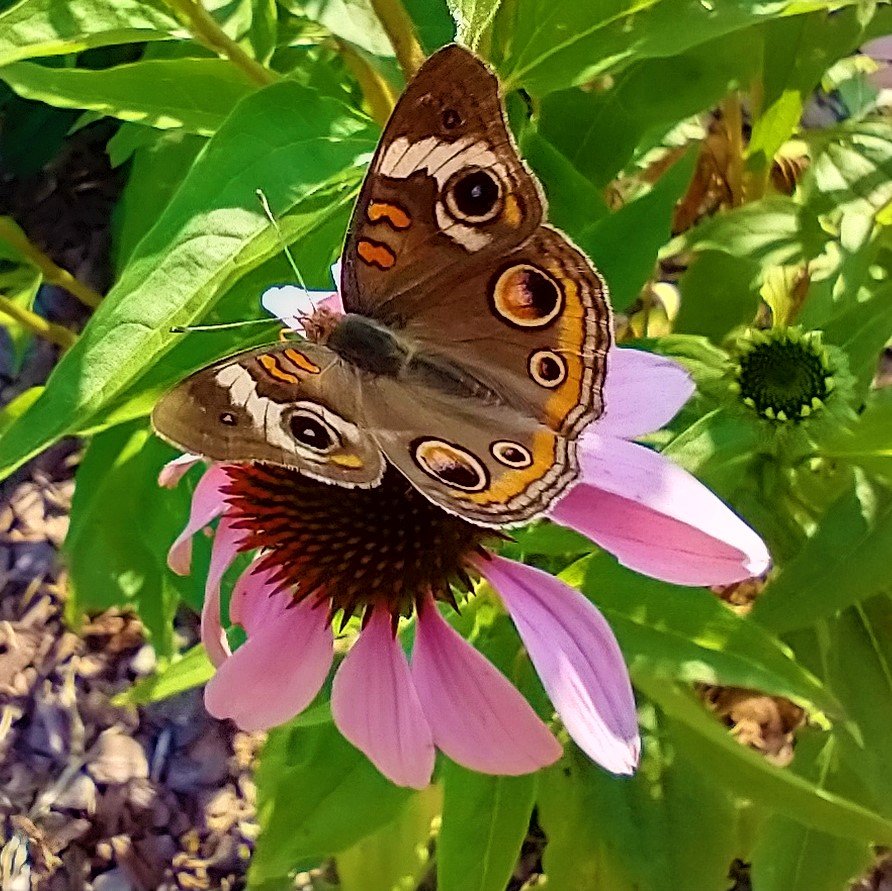Echinacea purpurea (Purple Coneflower)
Echinacea purpurea is an icon of native plant success, bringing the joy and beauty of our native wildflowers to home gardens across the US. With fragrant pink-purple blooms thriving in mountain soils, it attracts a wide range of bees, butterflies, and other pollinators wherever it grows.
Echinacea purpurea is an icon of native plant success, bringing the joy and beauty of our native wildflowers to home gardens across the US. With fragrant pink-purple blooms thriving in mountain soils, it attracts a wide range of bees, butterflies, and other pollinators wherever it grows.
Echinacea purpurea is an icon of native plant success, bringing the joy and beauty of our native wildflowers to home gardens across the US. With fragrant pink-purple blooms thriving in mountain soils, it attracts a wide range of bees, butterflies, and other pollinators wherever it grows.
Echinacea purpurea has become one of the most iconic native plants for wildflowers. It performs so well in home gardens that this species has naturalized far beyond its native range, where wild populations were far less common. In our home state of North Carolina, for example, this was listed as a Threatened species on our state’s Protected Plant List until recently, although its wild habitat is still in jeopardy. One reason Echinacea purpurea is so popular is for its profuse blooms of pink-purple flowers that can persist through the summer, typically June-August, but sometimes into fall. It can have a slight, pleasant fragrance, and is known for attracting a wide range of pollinating bees, butterflies, and other insects (just see our pictures!). While it can perform well in any garden, its wild habitat tends towards sunny and moist meadows, especially in the Appalachian Mountains and Midwest prairies. It can tolerate partial shade and drier soils as well, although it will likely need at least a year to establish sufficient roots to tolerate drought. Our Echinacea purpurea is grown from wild type, farmed seed and can grow up to 4’ in height, with a 2’-3’ spread, but it behaves well in formal garden spaces. Reported to be deer resistant, it is also tolerant of road salt and can be grown in sunny rain gardens.
Echinacea purpurea is highly recommended for pollinator gardens, and for good reason. Numerous species of bees, butterflies, moths, and flower flies take advantage of the abundant pollen and nectar it produces, including specialist bees and Monarch butterflies. It is also a host plant for the caterpillars of several species of moths and butterflies, which can support nesting songbirds. In fall the large seeds attract migrating birds like Goldfinches. The hollow stems of Echinacea purpurea are also habitat for some species of bees to nest overwinter. Overall, a great wildflower for bug lovers!
Pollinators: bumblebees, digger bees, leafcutter and resin bees, halictid bees, long-horned bees, small carpenter bees, honey bees, butterflies, skippers, hawkmoths, bee flies, soldier beetles
Host Plant for Butterflies/Moths: 5 species in our region, including the Silvery Checkerspot (Chlosyne nycteis)
Dependent Species: 2 oligolectic bee species - Megachile parallela (NC, TN), Melissodes wheeleri (TN)
Wildlife Value: Hummingbirds, Songbirds, Wood Warblers
Deer Resistance: Moderate
Native Region: Appalachian Mountains
Seed Origin: USA
USDA Zones: 3-8
States found in our region: AL, GA, KY, NC, SC, TN
Other states found: AR, FL, IL, IN, IA, KS, LA, MI, MO, OH, OK, TX










